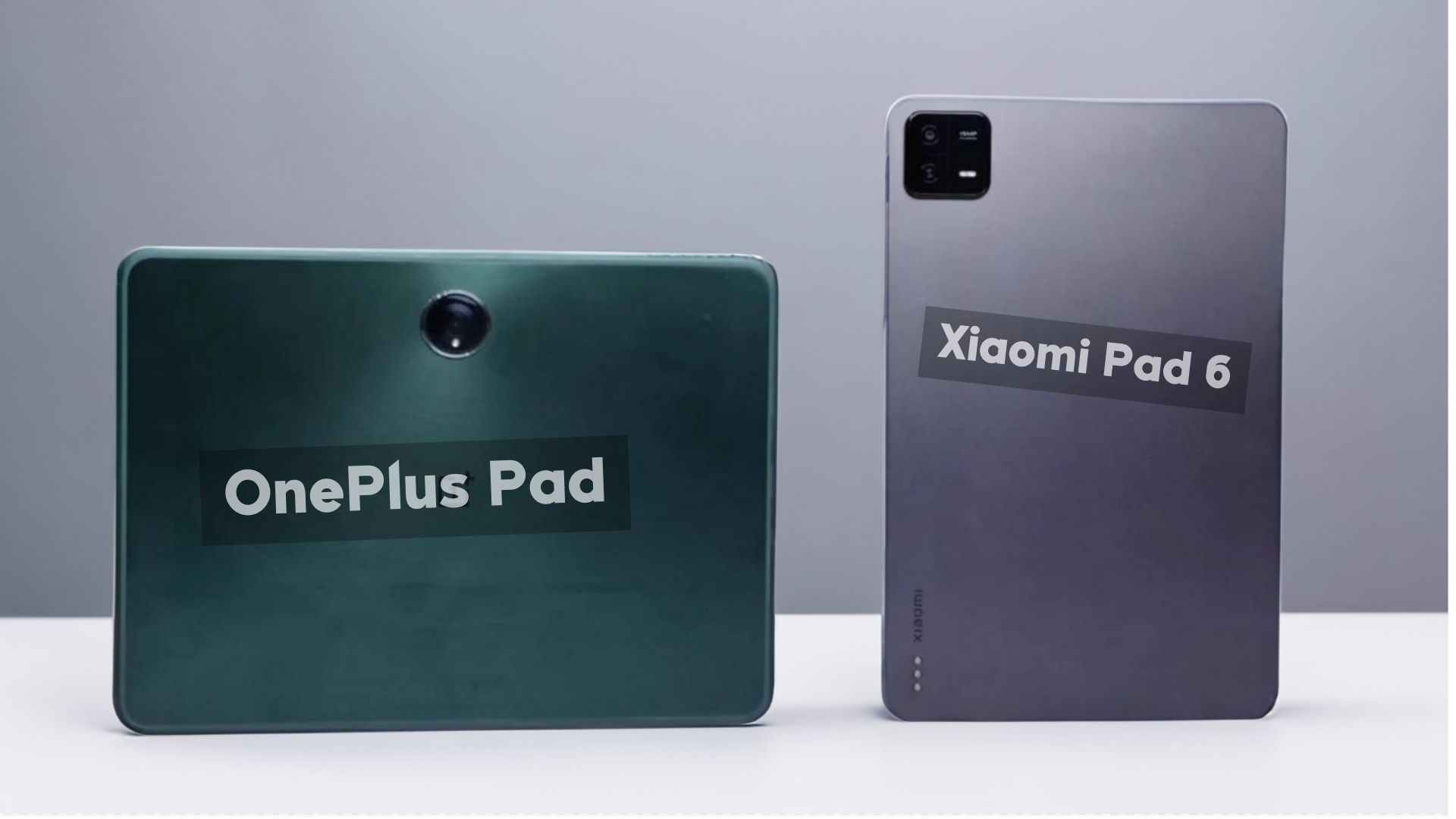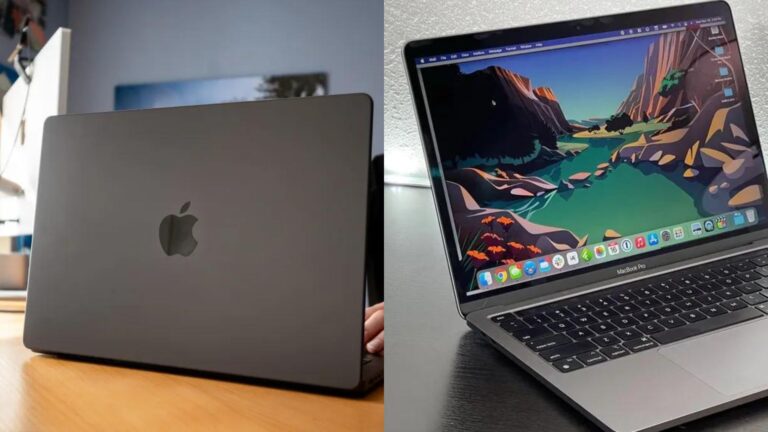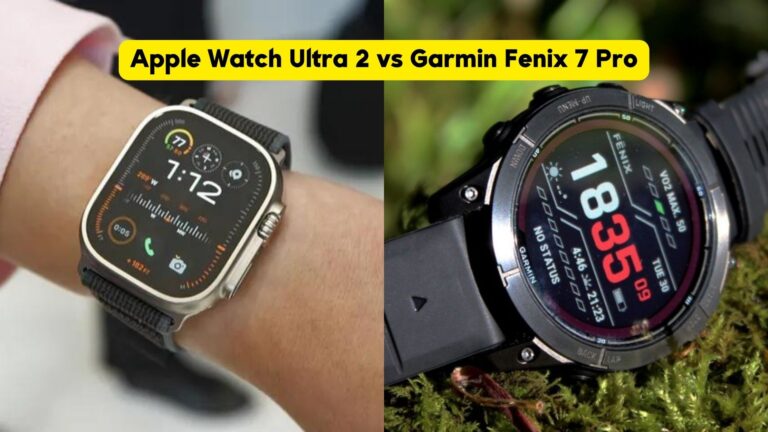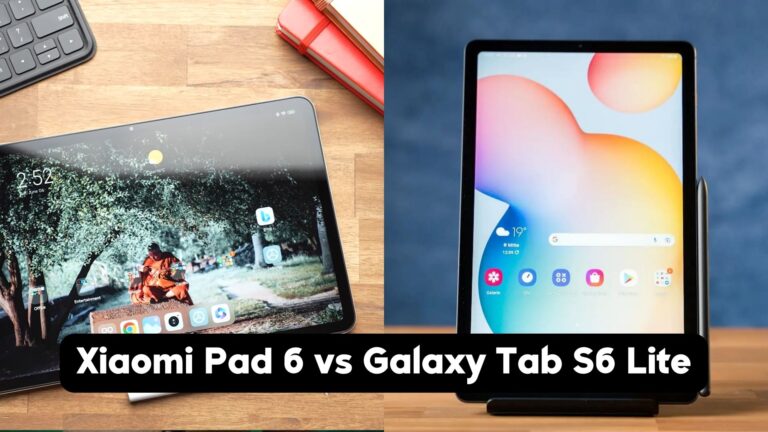So, chances are if you’re looking at the Xiaomi Pad 6, you might also be looking at the OnePlus Pad to find out which is the better tablet. Well, today we’re going to compare as much as possible to find out. Let’s go ahead and get started.
Specifications and Pricing
| Xiaomi Pad 6 Tablet | OnePlus Pad Tablet | |
|---|---|---|
| RAM | 6 GB | 8 GB |
| Battery | 8840 mAh, Li-Po Battery | 9510 mAh, Li-Po Battery |
| Internal Memory | 128 GB | 128 GB |
| Display | 11 inches, 1800 x 2880 pixels, 144 Hz | 11.61 inches, 2000 x 2800 pixels, 144 Hz |
| OS | Android v13 | Android v13.1 |
When it comes to the price, the OnePlus Pad starts at about $479 in the United States. The Xiaomi Pad 6 is just over $400, but that could be different depending on which region or country you’re from. I’ll leave a link down below with current pricing and more information for both tablets. Both versions I have are 128 gigabytes of storage, eight gigabytes of RAM, but there’s also a 256 gigabyte version of both tablets as well.
Accessories
Now, when I got my OnePlus Pad, it included their official keyboard case, which is a pretty nice accessory to have. There’s also a keyboard available for the Xiaomi Pad 6, and both have Stylus or pen support with the OnePlus Stylo and the second gen Xiaomi smart pen, which you can get separately.
Display Comparison
One of the biggest differences is gonna be the displays. Both have IPS LCD screens, but as you can see when you put them next to each other, a little bit different size and aspect ratios. You’ve got an 11.61 inch on the OnePlus Pad with 2000 by 2800 resolution and is more of an iPad shape at 7×5 aspect ratio versus an 11 inch on the Xiaomi Pad 6. That’s a more traditional 16 by 10 aspect ratio with 1800 by 2800 resolution. The quality looks really nice on both tablets, but then when you put them next to each other, to me, the OnePlus Pad looks a little bit better, has better contrast, a little deeper blacks, almost looks like an OLED or AMOLED display when compared to the Xiaomi Pad 6.
Fingerprint Scanner and Battery Life
You don’t get a fingerprint scanner on either one, unfortunately, probably because both of these are considered to be just under Flagship tablets. But that’s something I would like to see on both, especially if you’re used to using tablets like the Galaxy Tab S7 or S8.
And then, battery life on these two tablets is going to be a little above average, lasting about seven hours before dying at 100% screen brightness for the Xiaomi Pad 6. But the OnePlus Pad lasted about eight hours before dying in the same test. So, if you want the tablet with better battery life, you’ll want to go with the OnePlus Pad.
Software and Performance
Software-wise, there’s going to be some similarities between the two. Left of the home screen is the Google discover news feed, and then both have what looks like a dock down there in the bottom of the home screen. But they are going to do the notification shade and shortcuts a little different. And then there’s going to be small differences between the two, but both are currently on Android 13 as of this video and should have several years of software and security updates for both.
One advantage you have with the Xiaomi Pad 6 is it’s got video out through the charging port, so it’s going to be easy to connect an external monitor, TV, or projector using an HDMI adapter, where the OnePlus Pad doesn’t have that feature. But it may just come down to personal preference on which has the better software.
Performance-wise, both are really nice and snappy and feel like they have plenty of power to do just about anything you would need to on a tablet. Sort of the same thing when it comes to gaming, both of these are going to be pretty good options in my opinion, regardless of which game you’re playing. I know when testing out PUBG Mobile and Asphalt 9, both played nice and smooth with pretty high graphics and frame rate settings and didn’t seem to have any overheating issues or glitches in my testing. So, I feel like you can’t go wrong with either one when it comes to gaming.
Camera and Audio
One downside is you don’t get a headphone jack on either tablet, but I feel like those days are just about gone. Both do have a quad speaker setup, though, with two speakers on each side, and I’ve got to say they both sound really good in person, nice and loud, and even has decent bass for such thin tablets. Here’s a quick sample of each just to give you an idea of what they sound like.
And then, when it comes to the cameras, these two are sort of what you would expect for tablets, maybe slightly better in some cases. You’ve got a 13 megapixel on the rear, 8 megapixels on the front for both tablets. Considering it only has one lens on the back, I’m not sure why the Xiaomi Pad is trying to make it look like there’s two lenses, but I don’t know, maybe that’s just something some companies like to do. And then up to 4K 30 frames per second for video recording for both tablets, so decent resolution for videos. It should be just good enough for video conference calls, Zoom meetings, that sort of stuff.
Conclusion
The Xiaomi Pad 6 and OnePlus Pad offer very similar specifications, performance, and overall user experience as mid-range Android tablets. The OnePlus Pad edges out with a slightly larger 11.61″ screen, longer battery life, and better display quality, while the Xiaomi Pad 6 has a more standard 16:10 aspect ratio and USB-C video output. Pricing is also nearly identical, starting around $400-$480.
There is no clear winner between the two – the OnePlus Pad may appeal more to media consumption with its display and battery, but the Xiaomi Pad 6 offers better connectivity. Ultimately it comes down to user preferences on design, accessories, and subtle differences in display and battery. Both tablets are solid options in the mid-range category for those looking for an iPad alternative.





